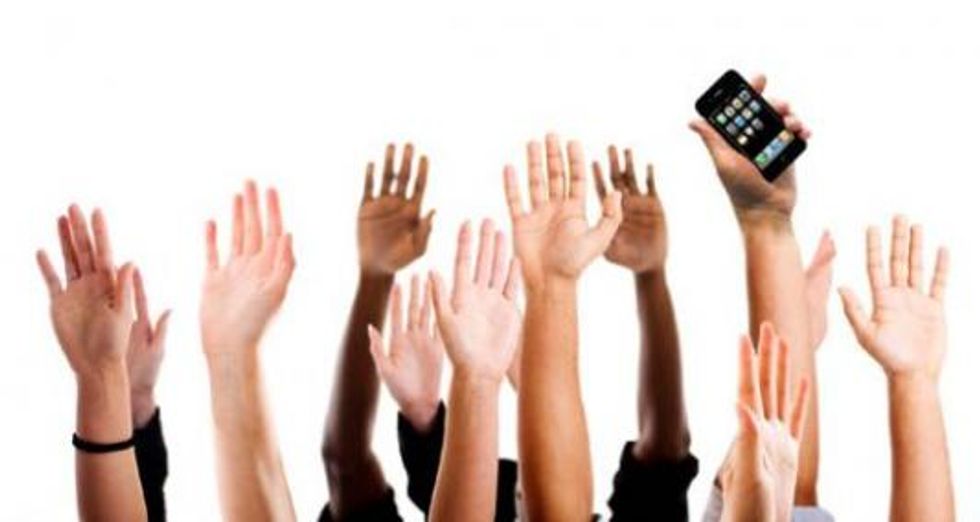Although it is a topic that is indeed familiar, racism in our country has become a heated debate in the wake of events that have taken place within the past couple of years. Along with discussions related to police brutality and cultural appropriation, racial discrimination in the workplace is something that often comes up. Our society has the tendency to deny any racial discrimination actually exists. At times, it can be so blatant, but the topic still manages to get swept under the rug. Frequently.
As an aspiring journalist, one of the things I wish to not be concerned with is whether I will face more difficulties becoming successful in my field. For one, I am a woman, and gender bias is nothing new when it comes to media professions (e.g., when Barbara Walters served as Harry Reasoner's co-host on "ABC Nightly News"). The fact that I am a woman of color makes the issue even more complex. Some may ask, "Does it matter if media companies include just as many women as there are men, as well as black and Hispanic journalists in addition to white ones?"
The truth of the matter is, recent studies show that the journalism industry has not seen much change in the past decades. Julie Burton, president of the Women's Media Center, points out that only a third of stories published by major media outlets are written by women. By 2014, minority groups accounted for 22.4 percent of television journalists, 13 percent of radio broadcasters, and 13.3 percent of journalists at daily newspapers. It is not uncommon for major media outlets to have few reporters that belong to minority groups. Many journalists of color only find themselves flourishing in programs, websites and stations aimed for "urban audiences." These ethnic publications came about in response to lack of representation in mainstream media, giving diverse communities a way to express their thought and experiences.
Many fail to realize the importance of including reporters of varying gender, ethnic backgrounds or religions on a staff of journalists. With diversity in the field, publications have the ability to reach these communities and relay their stories to the whole world. Incomplete news coverage can ultimately have negative effects on companies, as well as the audience. Biased reports are never a good look. It does the reader/viewer no justice if he or she is unaware of the opinions, emotions, or concerns of society as a whole.
America is known to the world today as "the melting pot," referring to the different cultural backgrounds that thrive in this country. However, it is an issue when all the cultures are not represented properly. Only 10 percent of the 53,700 journalists in America are minorities. This goes back to the difficulties minorities face when obtaining jobs, not just in journalism, but in basically every major industry in America. It has to be clear that regularity in the newsroom ceases the ability to report on growing trends based on different perspectives. Diverse reporters with their stories may not always be well-received, but they tend to be more sensitive with issues pertaining to them, and strengthen ties with their communities. Getting rid of discrimination is needed for better functioning newsrooms and paves the way for properly educating the masses.















